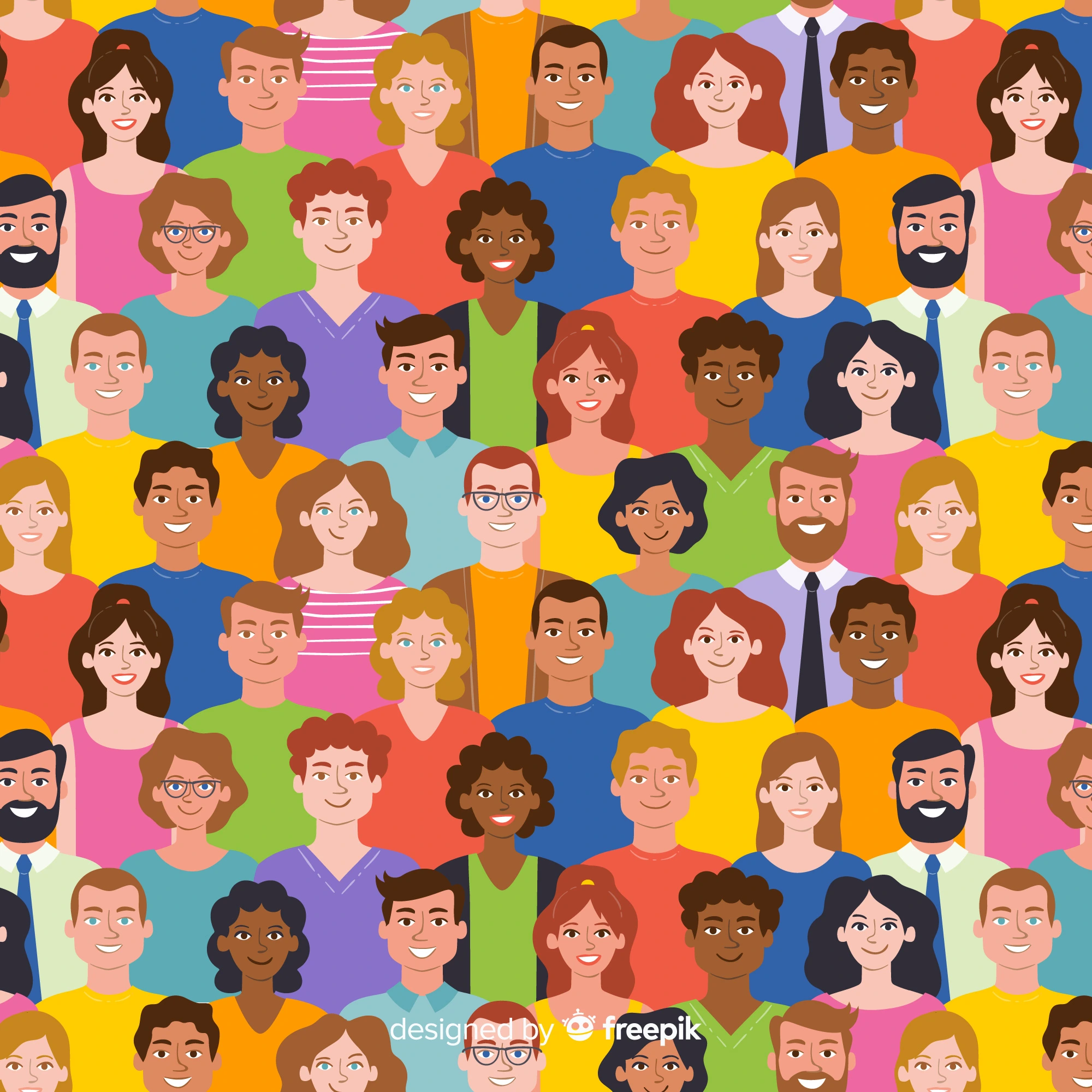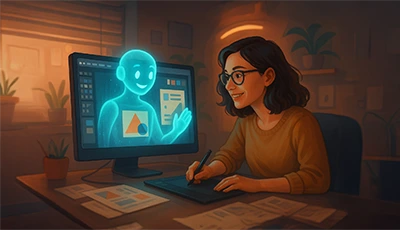Navigating the Tapestry of Identities at Work
In the grand theatre of business, as in life, we’re all actors, each with our own lines to deliver. But here’s the catch: we’re not just acting out a single role. We’re balancing multiple identities, with our personal and professional personas adding layers to our roles.
Welcome to the world of intersectionality in business communication. Here, gender, social class, caste, education, and age, among a myriad of other factors collide to create a symphony (sometimes a cacophony) of diverse voices. Our blind spots often hide in our kindest, most well-meaning moments. Let’s turn the spotlight on them, so we can learn better.
The Intersectionality Cocktail: Shaken and Stirred
Here’s an imagined scene of an inclusive cocktail party of stock characters: In a corner, you have Gender in a salsa with Class. Ethnicity is debating Educational Background. Somewhere near the bar, Age is trying to keep up with the latest Young social media star. In this simple, imagined snapshot of identities, the struggles are simple and easy to spot.
Here’s another imagined scene, this time with actual, complicated human beings.
Once more, imagine a cocktail party. In a corner, a woman manager from a tribal community navigates conversations differently than her upper-class male colleagues. Her experiences—shaped by both class, caste, and gender—intertwine like a double helix. Across the room, a working-class queer person from a rural college is testing the safety of the groups they interact with, acutely aware of their multiple identity layers working against them. Near the bar, a disabled first-generation-graduate technician deftly manages perceptions shaped by physical ability and class status.
Contrary to the first one, the second scene isn’t just a party. It is intersectionality in action, where our various social identities strike, flare, and fundamentally shape how we move through the world and how the world responds to us. Here, we get to see the complexity of the web of identities intersecting—multi-layered and often invisible.
However, here’s the big question: How do we communicate effectively in this melting pot of identities without stepping on anyone’s confidence or, worse, spilling our subconscious haughtiness on someone’s mental health?
The Art of Just and Fair Conversations
First things first, we need to acknowledge the tightness of the rope we are walking here. One misstep, and we could find ourselves in the middle of a PR nightmare.
However, we can easily transform our organisation’s corporate communication from a potential minefield into a celebration of diversity in a few earnest steps:
- Check Our Assumptions at the Door
Representation backfires when it is an afterthought. Before you hit Send on that company-wide email, reconsider your audience. Are you inadvertently excluding someone? Is your “Hey guys!” making the women in your team feel like they’re plus ones in a boys’ locker room?
I can admit my own follies here. When I used to address my team as “men and women”, I alienated a young colleague who identified as gender non-binary. They told me this months later. The offended person did not bring it to my notice sooner, because they were too young and hadn’t figured things out about gender. I was grateful that they came out to me later. The day they confronted me, I learned something valuable.
It is possible that among us there are people who may even be undergoing a phase of denial or questioning their gender identities. A workplace where gender diversity is not admissible may push such a person deeper into doubt.
- Drop the Labels, Assume Less, and Always Listen
Create spaces for open dialogue. I have been surprised to learn that the well-intentioned compliment I paid years ago to Mr. X’s English skills was actually microaggression on a small-town person, Ms. Y, who was struggling to speak better English and blend in.
- Language That Leaves No One Behind Is Possible
Consciously choose gender-neutral terms. Check your vocabulary for cultural stereotypes, ageism, and ableism. It is good to remember that not everyone celebrates and shares the same ideas, holidays, or life experiences that are important to you.
- Intersectionality Bingo Is Not a Game We Play
Avoid tokenism. Lack of sincerity shows from a mile away! Yes, even if you’re certain that you’re the best actor delivering the right script. Diversity is neither about well-rehearsed speeches nor checking the right boxes; it’s about the need for genuine inclusion sinking into you. When you are in that space of right intentions, the words just snap into place.
- When in Doubt, Ask (Politely!)
If you’re unsure about how to address someone or reference their identity, please just ask. Most people appreciate the effort you’re making to get it right. Remember, people can always sense genuine kindness.
The Payoff: Beyond Political Correctness
Having read this far, it is natural for anyone to think, “Isn’t this just another corporate buzzword bingo?” Well, addressing intersectionality is about creating a workplace where everyone feels valued, heard, and respected. And such a space inspires productivity, innovation, and people satisfaction. When this is practised regularly in internal communication, it comes naturally when we address external audiences, making a mark with present and prospective clients. Ka-ching!
Embracing the Beautiful Mess of Humanity
Let’s face it: we’re all going to make mistakes. We are all going to use the wrong pronoun or laugh at an insensitive joke. The key is in acknowledging the error, learning from it, and doing better next time.
In the end, addressing intersectionality in communication is about embracing the beautiful mess of human diversity. It’s about recognising that each of us is a unique tapestry of identities, experiences, and perspectives. And when we communicate with this in mind, we create a workplace symphony that’s music to everyone’s ears.
Words have power; they can build bridges. They can also break those very bridges and use the same bricks to raise walls that divide. So, let’s raise a glass (of whatever drink suits your identity) to communicating better, understanding deeper, and creating workplaces where everyone’s voice is heard—accent, tone, and all.








